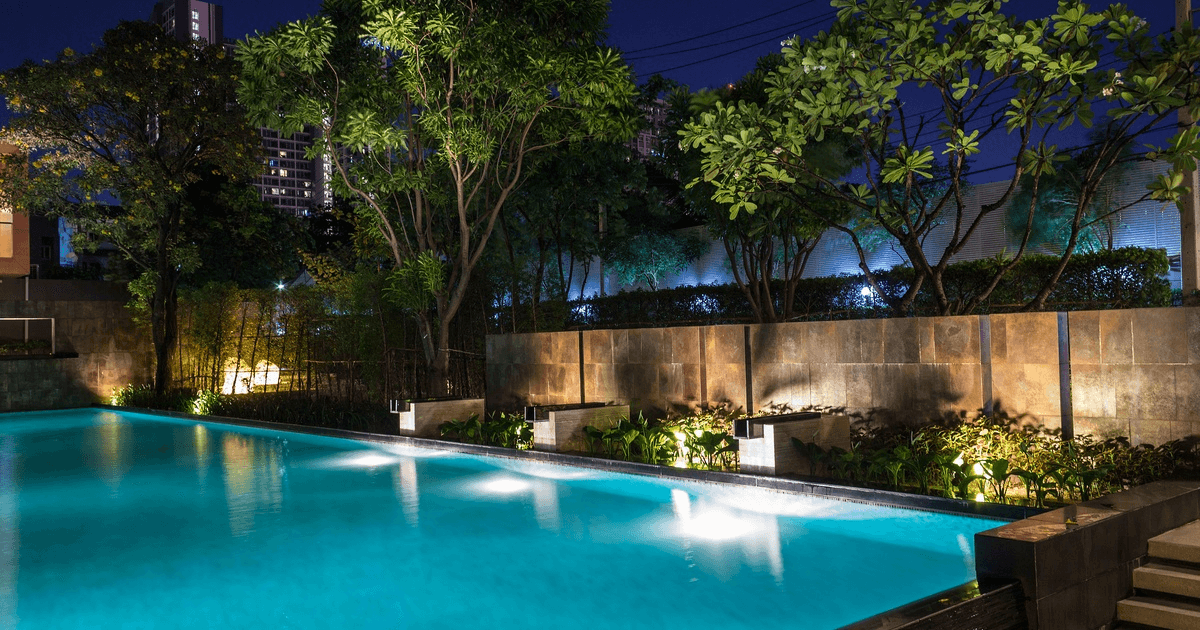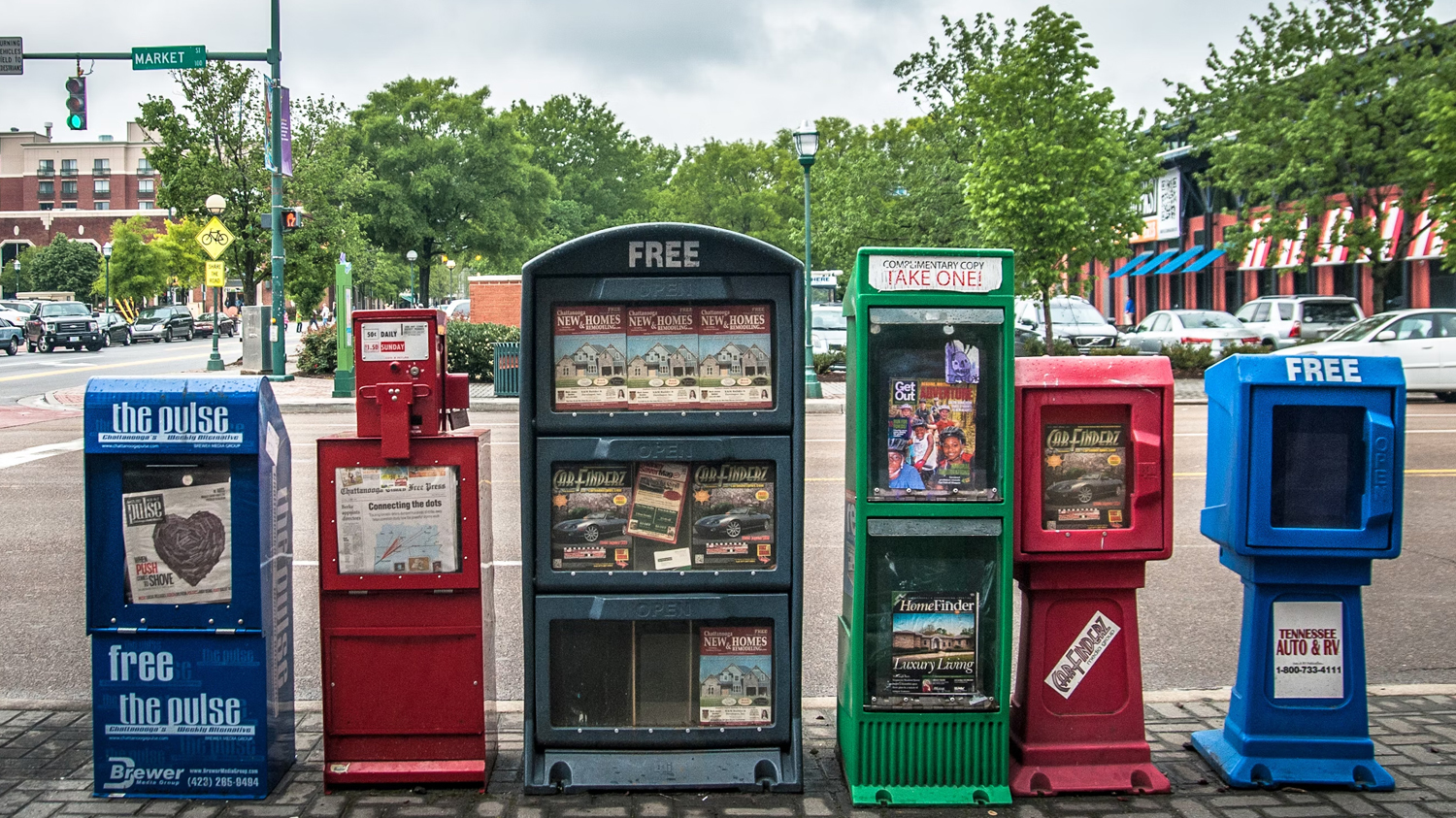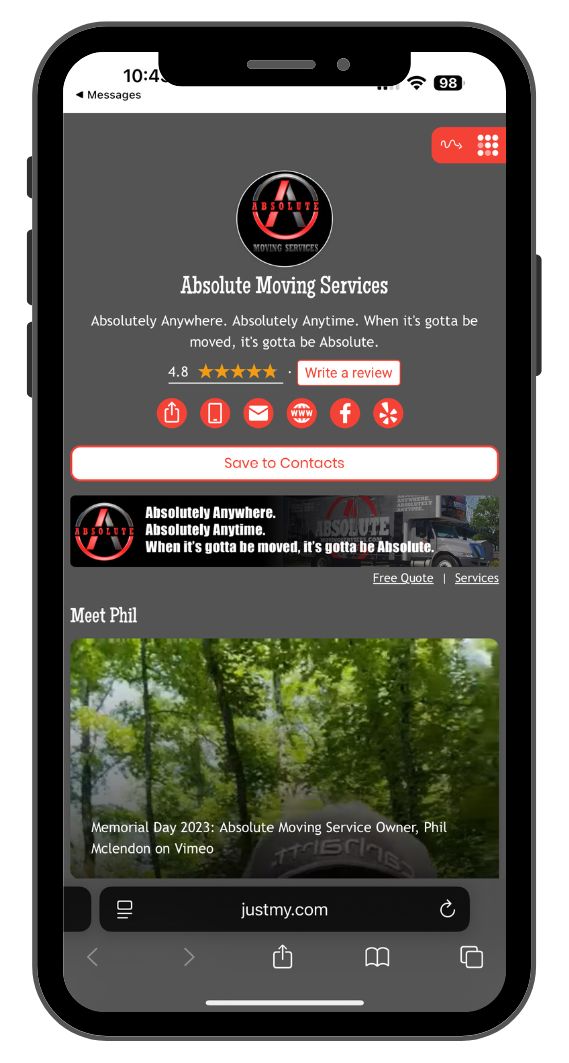

It’s a hot afternoon, you’re lounging in your backyard, sipping something cold, the kids are playing around with the hose, and you’re daydreaming about the one thing that’s missing: your very own pool. The thought of a crystal-clear oasis just steps from your door sounds like paradise. But turning that dream into reality is more than picking tile colors or deciding which inflatable unicorn to buy.
Starting with a solid plan can ensure your pool is an investment in your lifestyle, your home, and your happiness. Here’s how to prioritize the right decisions early with seven smart tips for planning your backyard pool.
Zoning rules—while not the most exciting part of pool planning—are a non-negotiable first step. Before doing anything, homeowners need to make sure their backyard is even eligible for a pool. Permits, setbacks (the required distance between a pool and property lines), and fence laws are all part of the equation. Some neighborhoods are more flexible, while others have strict rules.
For example, in some cities in California, pools must be a minimum of three feet from the back of the bond beam to the property line. In addition, certain pool structures, like diving boards or slides, may require extra approval.
Some cities may also require stormwater runoff plans or soil stability reports, especially if a home is built on a slope or near wetlands. It’s always a smart idea to contact the local city planning department or visit their website to find out what you need before meeting with a contractor.
Once zoning is confirmed, it’s time to assess what’s beneath. This task is critical because homeowners need to be aware of things like power lines and water pipes. Septic tank leach lines are probably not thought about until you start noticing the signs your septic tank leach line needs repairs. Hitting a septic line can bring an entire pool project to a halt, costing thousands in repairs and posing considerable safety risks.
Utility marking services will come out and mark all of your underground lines, from water and gas to sewage systems. The more information you have about what lies beneath, the safer and smoother the excavation process will be.
Not all pools serve the same purpose. Selecting the right pool style starts with a clear understanding of how the household plans to use it. A plunge pool may suit smaller yards and provide a cooling spot during hot months. On the other hand, a lap pool favors regular exercise, and larger designs can accommodate families or frequent entertaining.
Beyond size, shape, and type, consider environmental factors such as sunlight, wind exposure, and available space for decks or landscaping. Map out how the sun moves across the yard, particularly during peak afternoon hours. This mapping affects both water temperature and the usability of the outdoor area throughout the day.
Initial construction costs are only part of the equation. Pools come with ongoing expenses that can add up quickly if you don’t factor them in early on. Monthly water usage tends to spike during the hottest parts of summer, and evaporation alone may require top-offs every seven days. Electricity bills often climb, too, most notably with heated systems or energy-intensive pumps.
Homeowners should also budget for seasonal maintenance. This maintenance includes professional opening and closing services, chemical treatments, and equipment repairs or replacements over time. Automatic covers, for instance, can require servicing after five years.
Planning for these expenses upfront helps avoid budget strain down the line and keeps the pool experience as relaxing as it looks.
Installing a pool involves more than shaping the basin and filling it with water. Hardscaping—the design of surrounding surfaces—plays a major role in how functional and enjoyable the space becomes. Considerations like decks, walkways, coping, and patio zones directly affect the flow of the area and how people move around the pool.
Plan for dry lounging zones near water access points, shaded seating areas, and enough clearance for foot traffic. Built-in features like umbrella anchors, hose bib extensions, and outdoor showers may seem minor, but they add long-term convenience and comfort. Integrating these during construction avoids costly rework later.
The filtration system is the unseen hero of any pool setup. Whether you choose a saltwater or traditional chlorine system, the decision affects maintenance routines, chemical needs, and long-term costs. Saltwater systems offer gentler water and fewer chemical additives, but they typically involve a higher upfront investment.
Schedule filter replacements at least every 12 weeks during swim season to maintain clean water and circumvent circulation issues. If your yard sees heavy leaf fall or high pollen counts, consider adding a leaf canister or skimmer sock to extend filter life. Make sure you budget for tools like automatic cleaners or robotic vacuums, which reduce manual upkeep.
Local code will often restrict equipment placement, so don’t count on hiding the pump behind landscaping. It may determine the location for you.
Safety is non-negotiable, especially for families with young children or pets. Pool fencing should be at least four feet tall, with a self-latching gate that opens outward. Depending on local laws, alarms may be required on gates or even in the water. These features don’t just satisfy code; they help prevent accidents when no one’s watching.
You can use landscaping to add privacy. Consider hedges or tall grasses that don’t trap heat or block breezes. For homes near busy streets or neighbors with upper-story windows, consider taller plantings or privacy screens to minimize lines of sight.
Shade sails or pergolas can also provide coverage while keeping the space open and airy. The goal is to create a private retreat without turning your yard into a fortress.
Pool planning tends to spark dreams of mosaic tile and glowing water features, but the smart money starts behind the scenes. You should address utility layouts, plumbing paths, drainage considerations, and zoning limitations before you begin shopping for finishes. These “boring” details lay the groundwork for a successful build and help you avoid mid-project surprises.
If you want your project to stay on track, budget-friendly, and stress-free, start with these seven smart tips for planning your backyard pool. Now all that’s left to do is plan!

Put your business in front of thousands of LOCALS! Create your free listing on the NewsSTAND and update your profile anytime to share the latest info, specials, and contact details.

Got a story to Share? Pitch your idea or write an article for the NewsSTAND! Join us in highlighting the positive and powerful moments that make our city shine.

We’re passionate about working together to amplify our City. Reach out to the NewsSTAND team to explore collaboration opportunities and make a difference in our community.
Hover over each card to unlock the full story and see what you’re about to get!







